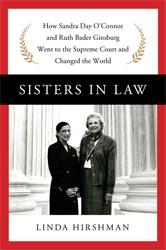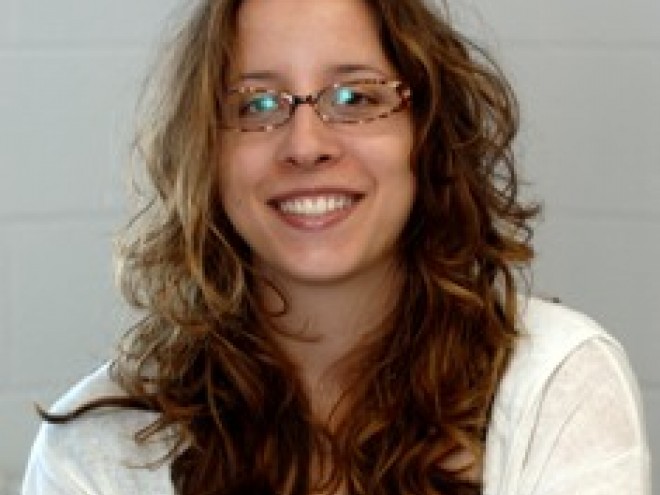Jewish and Arab women in Kentucky? Yes, that is the topic of Nora Rose Moosnick’s intriguing book, Arab and Jewish Women in Kentucky: Stories of Accommodation and Audacity. It was intended to shed light on the lives of Jews and Arabs in out-of-the-way places in America, and it masterfully accomplishes that objective by providing an absorbing analysis of ten oral histories of Jewish and Arab women and what life was like for them in rural and small town Kentucky. This is a fascinating and nuanced study of ethnic and religious identity, the fluidity of that identity, and the factors that influence it, including ethnic community size, gender, family ties, visits to the ancestral home, and the degree of ostracism by the larger community.
Kentucky presents a particularly interesting area of study for several reasons. Kentucky, like other states in Appalachia, is far less ethnically diverse than much of the rest of the country. The 2010 census revealed that less than 7.8 percent of the state’s population is black compared to the national average of 12.6 percent. Jews make up only .03 percent of the Kentucky population compared to 8.3 percent in New York State. Arabs constitute less than one percent of Kentucky’s population but it is a growing population, as it is in the nation as a whole.
Much of the state is made up of rural communities, and it is in the rural areas and small cities of America that Jews and Arabs have often shared several commonalities. In the late 1800s and early 1900s, it was the Jewish and Arab itinerant peddlers who brought their wares to the small towns and then stayed to open small businesses providing goods and services such as running movie theatres and selling clothing, meat, fine furnishings, and shoes. Jewish and Arab women often ran those small businesses and maintained families and communal ties. It was their children and compatriots who became the local professionals, such as doctors, lawyers, and teachers. Both groups maintained strong familial ties that overlapped with their religious and communal networks while at the same time building strong bonds of friendship through their business associations. Both groups often encountered experiences that reminded them of their cultural and religious differences from the majority group despite considering themselves to be proud Kentuckian Americans.
But Arab and Jewish Kentuckian shopkeepers also have decided differences, evident in their oral histories. Arab women talked about their families in their ancestral homes and took trips to such places as Lebanon, Jordan, and Palestine to visit their hometowns and kin. The Jewish women and men did not have a strong sense of linkage to their ancestral countries. Those were places where their grandparents and parents had faced ugly oppression and even death. Instead, many of the Jewish women talked about their more newly created “homeland,” Israel, and many women engaged in Zionist activities, including raising money and expressing support for Israel. In rural Kentucky, despite the polarization of Jews and Arabs in the Middle East, these Arab Christians and Moslems and Jewish women and men remained friends.
I enjoyed reading this book for many reasons. It is a vibrant depiction of the complexity of having multiple social identities including being a woman, an Arab, a Jew, religious, a third generation immigrant, a rural American, and a variety of combinations of these social tags. Moosnick’s lively, erudite commentary, along with the interesting stories of Jewish and Arab women’s lives, adds another dimension to understanding the American Jewish experience. I also found Moosnick’s discussion of the complexity of conducting and analyzing oral histories and memoirs to be fascinating reading especially in this period of time when so many people are writing memoirs and presenting them as accurate social historical documents.
Nora Rose Moosnick, a sociologist, grew up in Kentucky and is the granddaughter of Jewish immigrants.
Video
Arab and Jewish Women in Kentucky: Stories of Accommodation and Audacity from UK College of Arts & Sciences on Vimeo.





